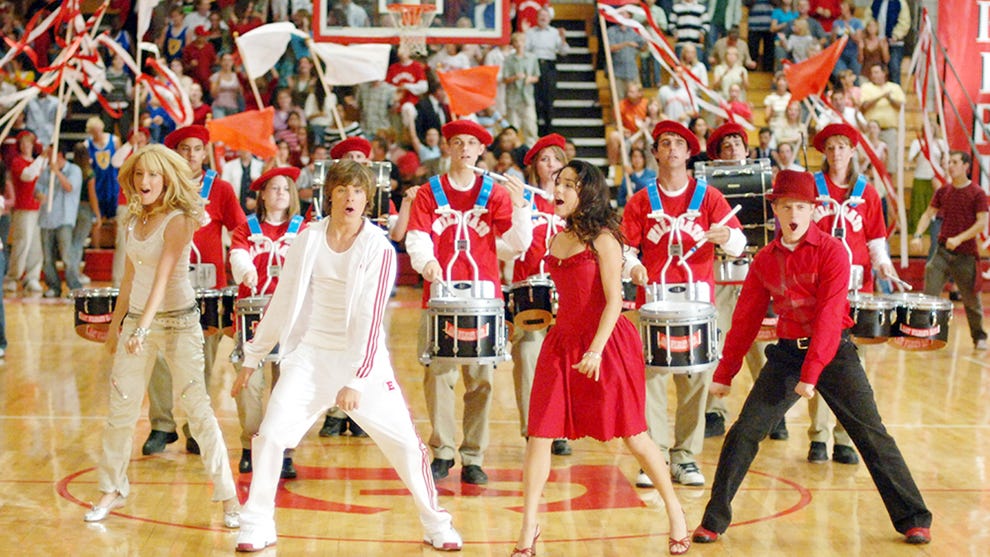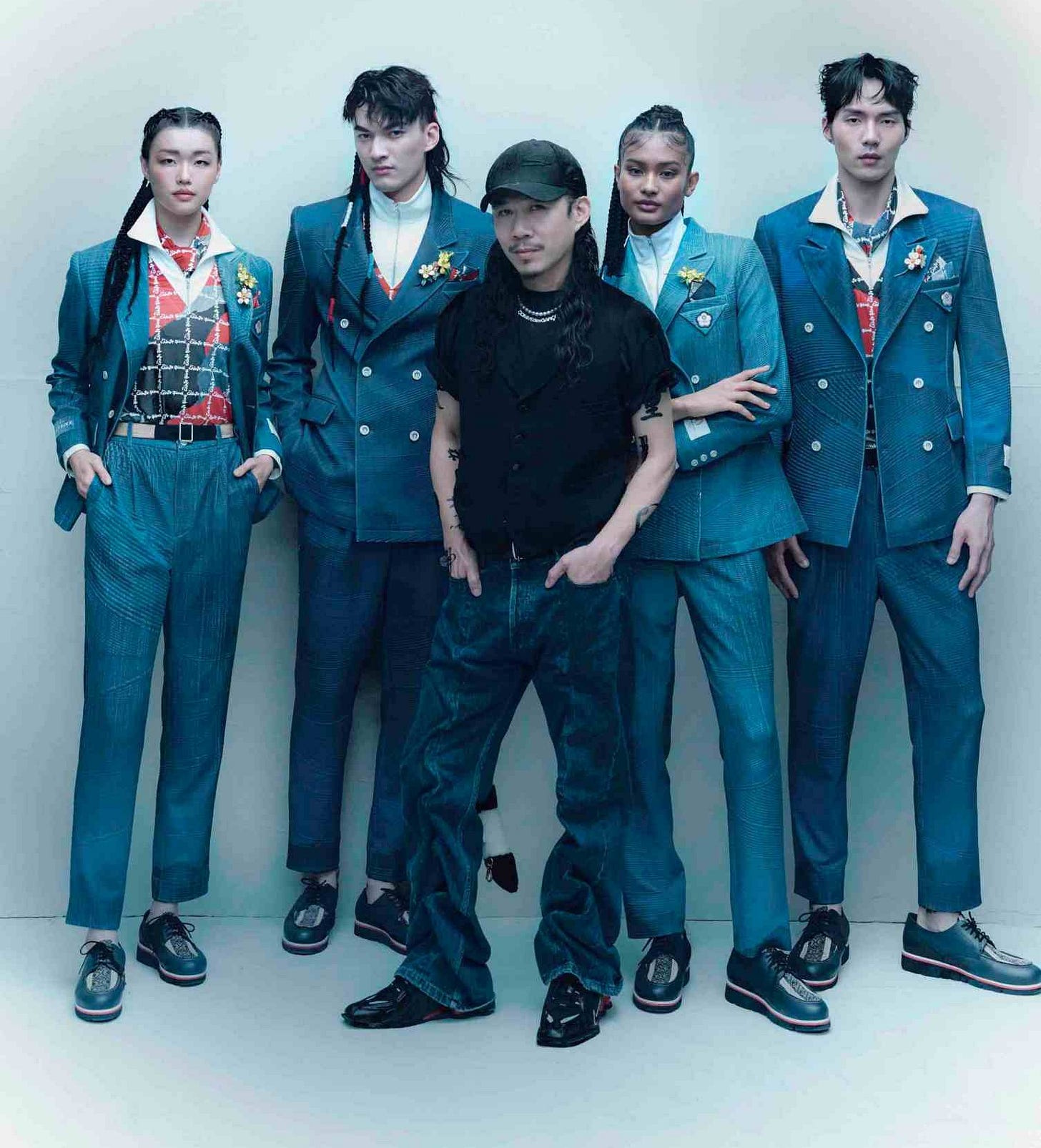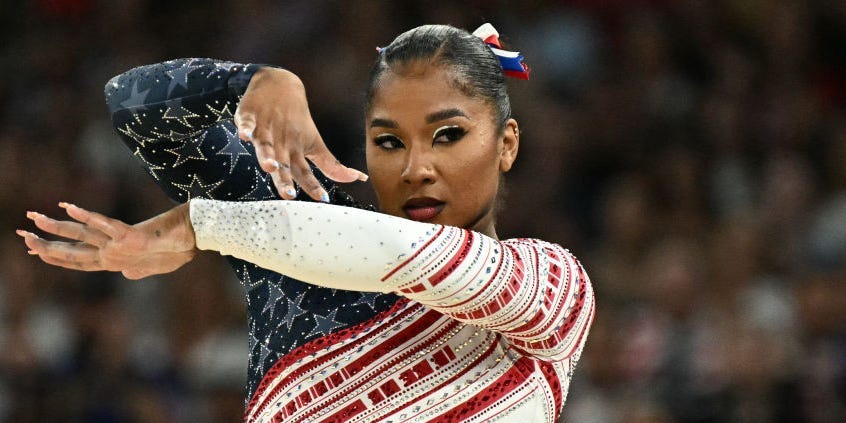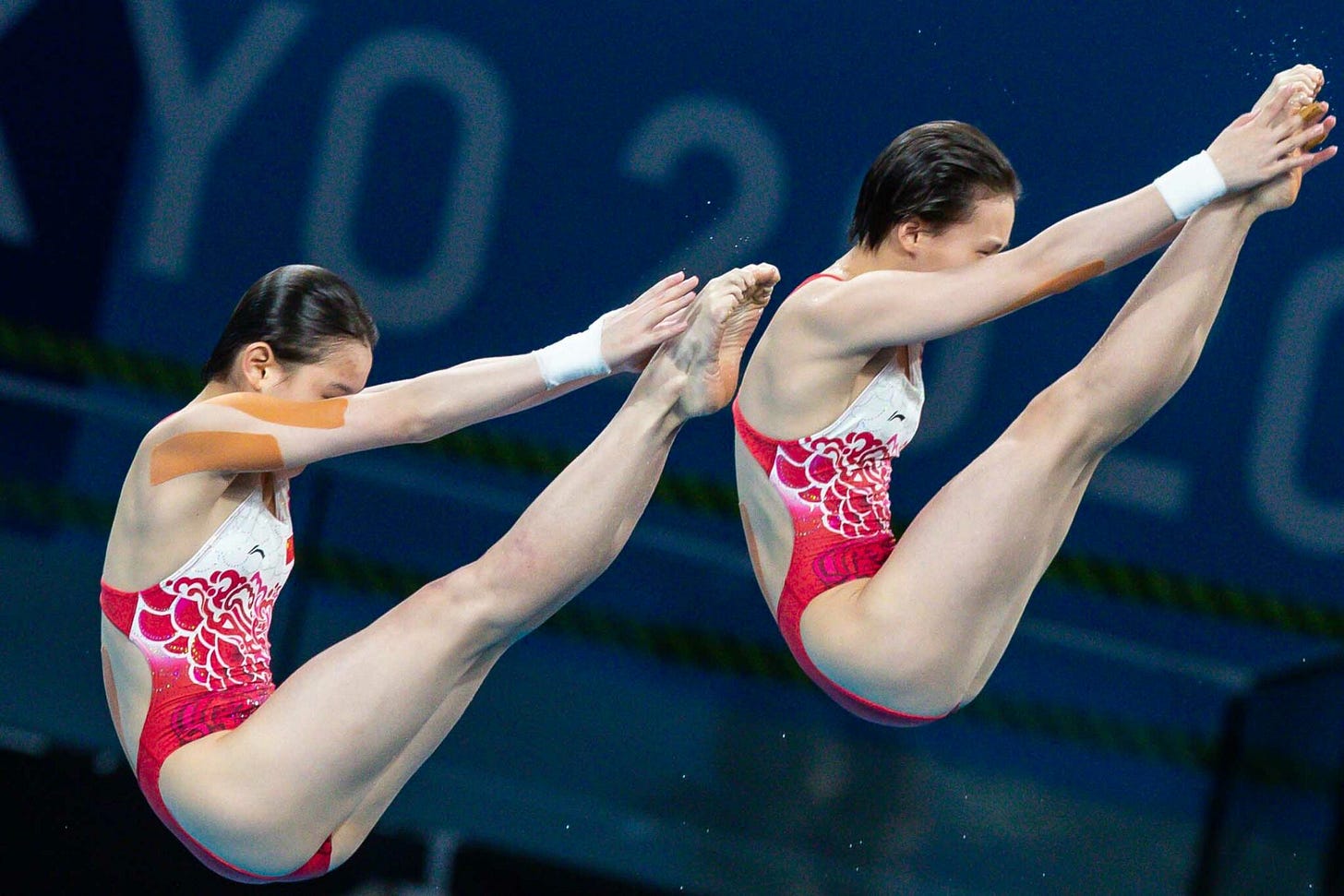Pharrell Williams' Bold Proposal: Reintroducing Art to the 2028 LA Olympics
Could his vision bring a renaissance of art and sport to the global stage?
At a recent Louis Vuitton event,
Pharrell Williams called for the reinstatement of the arts into the 2028 LA Olympic Games. At first glance, this might seem radical, but the intersection of art and sport is more familiar than we realize.
The concept of blending art and sport might seem novel, but it's been resonating with younger generations for years. For millennials and younger, this has been a major storyline in pop culture for quite some time. It’s the tension that fueled a billion-dollar Disney franchise and captivated the world—and it wasn’t just Zac Efron’s singing abs. High School Musical, albeit campy, left a mark on a generation that was told there is room for both the arts and sports—and that they, in fact, fuel each other.
So when can we make it official?
Olympic Arts History
This isn’t the first time a formal relationship between sports and the arts has been proposed for the Olympics. Making its debut at the 1912 Stockholm Olympics, the arts were included in five medal-winning categories: architecture, literature, music, painting, and sculpture, all with the theme of sport. Entries ranged from stadium designs to stories about teams and players to art capturing the ruggedness and intensity of the games. However, this practice was discontinued by the IOC in 1948 due to artists being professionals, which violated the amateurism status required to compete. This rule was rescinded in 1992, leaving the possibility of Olympic Art open once again.
Even without official recognition, the arts are already finding their way into the Olympics if we pay attention to the gestures toward expression and creativity. And I’m not just talking about Snoop Dogg as Team USA’s official mascot or Flava Flav as the official women’s sponsor. The relationship between sport and artistic expression was increasingly visible in this summer’s games.
The Conventional
This summer’s Olympic opening ceremonies featured an eclectic mix of musical genres, from Lady Gaga to Gojira, and fashion designers pulled out all the stops for their national squad drip. While there are no medals awarded for best uniform, these outfits tell stories and bring texture to the athletes, reflecting their country’s heritage, history, and unique views on innovation and creativity. Take, for example, Mongolia’s ornate garments embellished with the Eiffel Tower and Olympic flame, or Chinese Taipei’s designer Justin Chou, who was inspired by artist Paul Chaing's Mountain Range of Taiwan painting, highlighting national flowers and good luck tokens.
Additionally, athletes are showing their creativity in their styling, setting world records and taking home gold in winged liner, grills, and elaborate nails. See Sha’Carri Richardson’s style explosion, Noah Lyles’ coordinated nails, and Jordan Chiles’ red and white makeup and gold grills.
Women’s gymnastics, in particular, has always walked a fine line between art and sport, with its movements, music choices, choreography, bedazzled leotards, hair, and makeup. It feels safe to say that watching Simone Biles is like watching an artist who has perfected her craft, as much as an athlete who is at the top of her game. The beauty and energy she creates with her body is innovative and moving; she tells a story when she competes, and we feel it.
For the majority of competitions in the Olympics, winners are selected based on objective truths: closest to the bullseye, fastest over the line, most balls in the basket. Gymnastics and similar sports are completely subjective, asking a panel of judges to rate the aesthetic, just as we would with, say, a painting.
The New Conventional
The newest addition to the Olympic lineup this year, also decided by a panel of judges, represents a unique blend of art and sport. A long time coming, the Paris Olympics is the perfect stage for the debut of breaking. As one of the largest hubs for breaking outside of the US, Paris has enthusiastically embraced hip-hop culture. While street art and dance are historically complicated in places like New York and LA, Paris officials encourage it. Merging seamlessly with the open-air museum quality of the city, public art and expression are core values for the French.
As they say, La beauté est dans la rue.
I was fortunate enough to lead a piece of research in 2019 exploring the street dance communities in New York, Paris, and Shanghai, delving into their love, their biggest challenges, and how they felt about breaking as an Olympic sport. Dancers, it turns out, no matter how athletic, do not consider themselves athletes. Their true north is artistry. Many of them worried about the effect the Olympics would have on the community at large. While breaking is extremely competitive, it has always been performed and governed by the people. Bringing in the IOC may kill its spirit. On the other hand, die-hard traditionalists question its place in the Olympics at all.
Despite its polarization, it is the IOC’s intention to appeal to a younger, more urban audience, and I was excited for those athletes to compete on a global stage. Breaking represents a broader shift in our cultural understanding of the edges of sport and art, particularly as it pertains to the acceptance and legitimacy of youth and urban art and dance.
Because of the connection between sport and hip-hop culture, perhaps the next evolution of Olympic arts is the expansion of hip-hop culture through its key pillars: breaking, MCing, DJing, and graffiti. However, I am just as skeptical of institutions like the IOC ruining a good thing. But equally, the Olympics celebrating hip-hop culture does, in some ways, feel like a massive win.
As the IOC continues to appeal to Gen Z…
Bringing back the arts would be a favorable move, as this generation values the arts and looks for pieces that resonate more deeply with their identity. Olympic Art could open a world of possibility, bringing story and vulnerability to sport—one that may seem at odds with “just do it,” but we know, as Zac Efron taught us, you can have both. And with a mental health crisis amongst young athletes in particular, there is a possibility creativity and the arts could help process the challenging emotions that come with competing in high pressure environments. This generation of athlete’s is not shying away from the opportunity either because they know showing up as their full self is great for performance. Witnessing athlete’s express themselves through creative means will undoubtedly continue to rise in ways we have not seen before.
Furthermore, while our elite women are crushing the global stage, young girls are dropping out of sports once they hit puberty at higher rates than their male counterparts. As we continue to erode the stoic, emotionless athlete trope, the arts would undoubtedly be celebrated by younger generations and women. In much of the research I have conducted around women and sport, most women and girls don’t identify with the word "athlete" because of the overly masculine archetype we’ve been inundated with. But art as a means into sport may be the language we need to re-engage young girls and women in sport, as women participate in the arts at higher rates than men. Could art be her “gateway drug” to sport?
So why should we not consider its value and place in sport?
Art is made with the body, is it not?
There is artistry in sport and equally movement in storytelling. The relationship between the two will only continue to grow in visibility. The 2028 LA Olympics is undoubtedly the perfect place and moment to reunite sport and art. It is a city of greatness where athletes are born and made. In fact, if the University of Southern California were a country, it would have the 5th highest gold medal count in the world. Coupled with LA’s global influence in creativity and culture, this next summer Olympics could have the makings of a renaissance.
As we look toward 2028, will we seize the opportunity to reimagine the Olympic Games and embrace a new era where art and sport are celebrated together?










